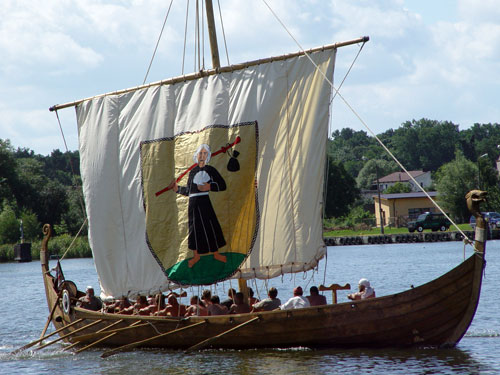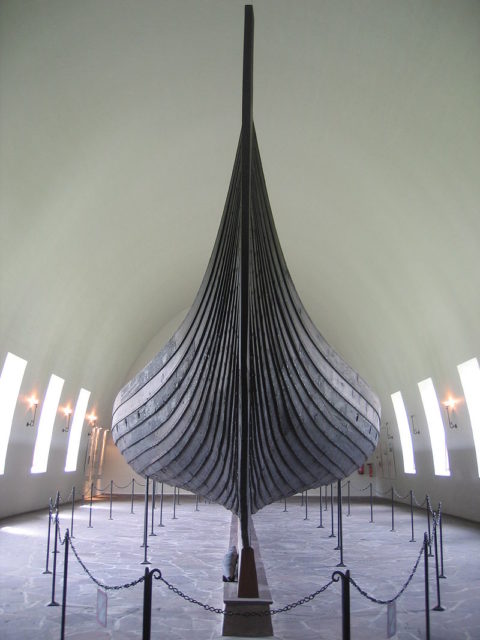Put aside the battle axe and take off the helmet if you really want to thrive like a Viking – now you can purchase a replica of your own ship. The Viking Ship Museum in Roskilde, Denmark, is now putting a number of Viking ships up for sale, fluctuating from a “modest” €33,000 ($72,000) to considerably more costly amount of €400,000 ($545,000). The longboats are independently created and permit you to see how it was like to sail the seas just as the Norse warriors of the old did. The ships are accurately built to an exact replica of those used by the Vikings who occupied Scandinavia from around 700 to 1100 AD.

Viking ships were equitably progressive for their time; they were fast and agile, permitting invasions on coastal regions through Western Europe. The exposed decks occasionally sustained crews of up to 60 males, ready to plunder countless innocent towns before moving on to additional objectives.
The boat-types were rather diverse, based on what the ship was envisioned for, but they were commonly regarded as being slim and malleable boats with proportioned ends with true turn over. They were clinker constructed, which is the overlying of planks enclosed together. They usually had a dragon’s head or other spherical object bulging from the bow and stern for aesthetics, though this is only concluded from historical sources.
In writings, Viking ships are typically seen separated into two broad classes – trade ships and warships. These classes overlie one another, as some kinds of trade ships, constructed specifically for conveying cargo, were also habitually deployed as warships. The common Viking ships were designed for navigating rivers, fjords, and coastal waters, while a limited category such as the knarr might ply the exposed sea and even the ocean. The Viking ships reached the Baltic Sea far from their Scandinavian motherland, to Iceland and on to the Faroe Islands, Newfoundland, the Mediterranean, Greenland, the Black Sea, and Africa.

The ship has operated as the foundation of Scandinavian culture for ages, serving both practical and religious resolves, and its prominence was already intensely entrenched in the Scandinavian morals when the Viking Age commenced. Scandinavia is an area with comparatively high internal mountain ranges, impenetrable forests, and easy admission to the sea with countless natural ports. Therefore, trade courses were mainly carried out through shipping, as domestic travel was more dangerous and unwieldy. Several stone etchings from the Nordic Stone Age and in the actual Nordic Bronze Age, depict ships in numerous circumstances, and treasured ships have been surrendered as part of ritual for votive offerings since at least the Nordic Iron Age, as demonstrated by the Hjortspring and Nydam boats.
The Viking kingdoms advanced into coastal cities, all of which were intensely reliant on the North Sea and the Baltic Sea for existence and expansion. Control of the water course was of serious significance, and as a result, progressive warships were in extraordinary demand. In fact, because of their prodigious significance, ships became a backbone of the Viking pagan belief, as they progressed into symbols of power and dexterity. During the course of the first period, reputable Viking chieftains and noblemen were regularly buried with an intact, lavish ship to passage them to the afterlife. Additionally, the Hedeby coins, among the most primitive known Danish currency, have ships as symbols – showing the significance of naval vessels in the region. Because of such cultural and practical importance, the Viking ship advanced into being the most prevailing, progressive naval vessel in Viking Age Europe.
